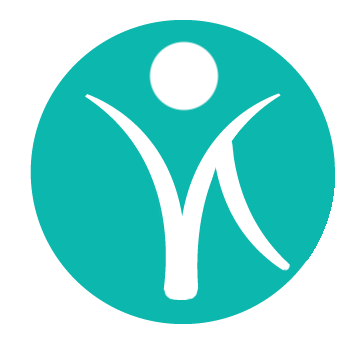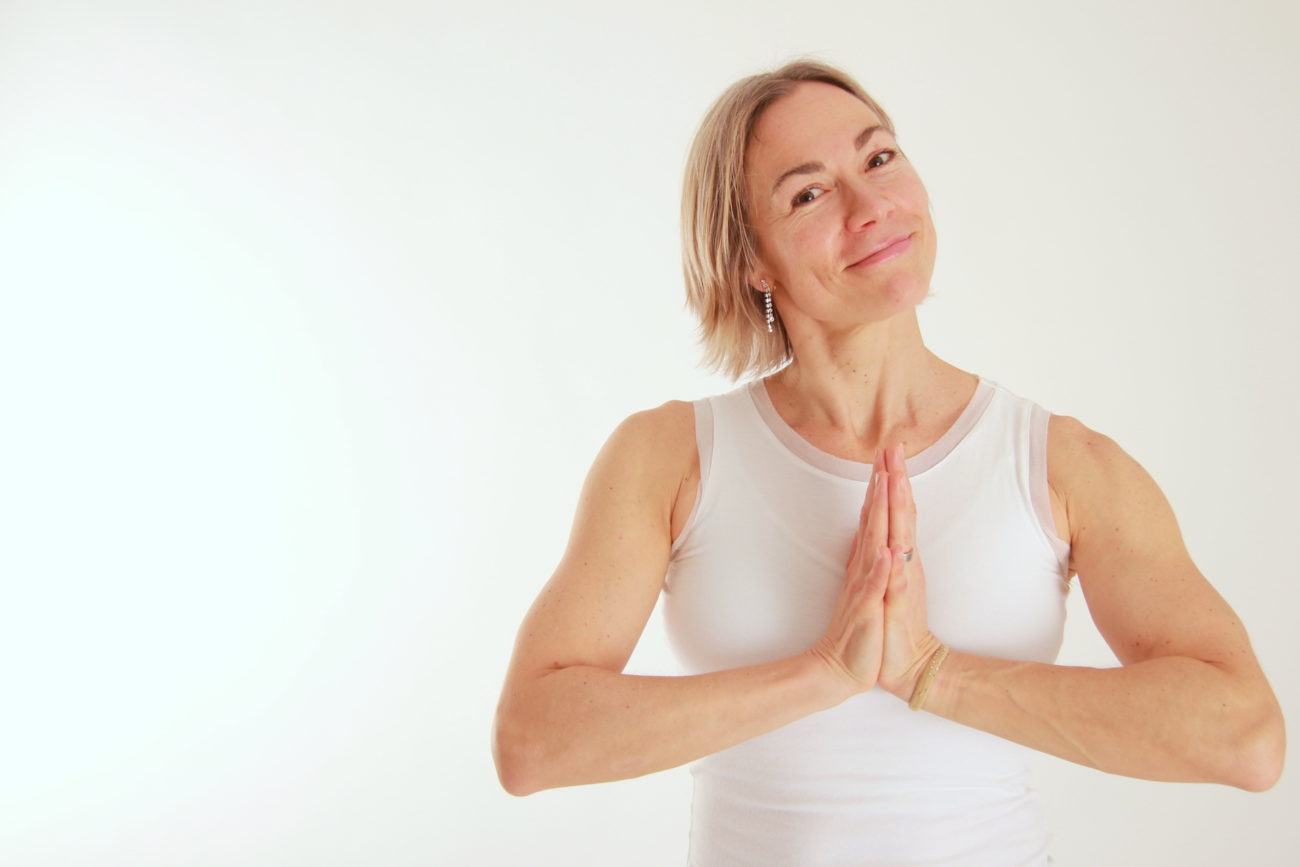YOGA STYLES
Hatha Flow Yoga
Hatha Yoga is a generic term that refers to any type of Yoga that teaches physical postures. Hatha means “SUN” (ha) and “MOON” (tha), which symbolizes the general polarity of our existence: female and male, right and left, up and down, day and night, action and relaxation, giving and getting, etc. The goal of Hatha Yoga is to harmonize these polarities, so that your Mind and Spirit stay peacefull and clear.
Hatha Yoga Flow is the mordern way to practice traditional Hatha Yoga, bringing in dynamic of the western lifestyle. Very similar to the traditional practice it combines Asanas (Body postures), Pranayama (Breathing exercises), Relaxation and Meditation. The attention is brought not only to your physical body, but your concentration and awareness. Awareness that you can take outside of your Yoga Practice into your everyday life.
Hatha Yoga Flow is a soft way to tend to your physical conditions. You probably won’t work up a sweat in a hatha yoga class, but you should end up leaving class feeling longer, looser, and more relaxed. It is a good practice for the evening to end up your busy working day with a nice accord.
Vinyasa Yoga
Vinyasa (pronounced “vin-yah-sah”) is a Sanskrit word for a phrase that roughly translates as “to place in a special way,” referring—in hatha yoga—to a sequence of poses. It is actually very similar to the Hatha Flow for its fluid practice, which tend to get more movement-intensive and as a result more active and sweaty.
The mother of Vinyasa and the most physically demanding version of it is Ashtanga Yoga, developed and popularized by Sri K. Patthabi Jois in Mysor, following the teachings of Sri T. Krishnamacharya. Vinyasa is a free interpretation of Ashtanga, where we also sequence our classes to smoothly move from pose to pose, with the intention of linking breath to movement. The intensity of the practice is similar to Ashtanga, but no two Vinyasa classes are the same or have to be the same. In Vinyasa you can sequence your Flow as you like in order to meet your needs or wishes of the moment in the best way. And this is exactly what makes Vinyasa so beautiful. Because when we leave dogma aside, the fun starts.
I like to play music while practicing Vinyasa Flow, which sometimes makes the whole practice look like a beautiful dance. If you hate routine, if you like to move with the music and if you love to test your physical limits, vinyasa may be just your ticket.
Yin Yoga
Yin Yoga is a more calm and passive Yoga style then Hatha Flow or Vinyasa. Most of the postures are done seating or lying on the floor. Yin Yoga was introduced in 1980 by Paulie Zink as a synthesis from Hatha and Tao Yoga. It has a more meditative approach with a physical focus much deeper than Yang like practices (Hatha, Vinyasa Flow). The goal is to to access the deeper connective tissues of the body and fascia. Many of the postures focus on the areas that encompass a joint (hips, sacrum, spine). As one ages flexibility in the joints decreases and Yin Yoga is a wonderful way to maintain that flexibility.
Yin yoga requires students to be ready to get intimate with the self, with feelings and sensations, and emotions more then in the fast paces Yang yoga practice. Yin yoga is often used in programs that deal with addictions, eating disorders, anxiety and deep pain or trauma.
Do not think that Yin yoga is not challenging. Yin postures are anything but comfortable and are held for a long period of time, sometimes up to 5-8 minutes. The challenges you face is to find comfort and peace of mind in sometimes very unusual for your body positions and simply to stay quiet and still for a longer period of time.

